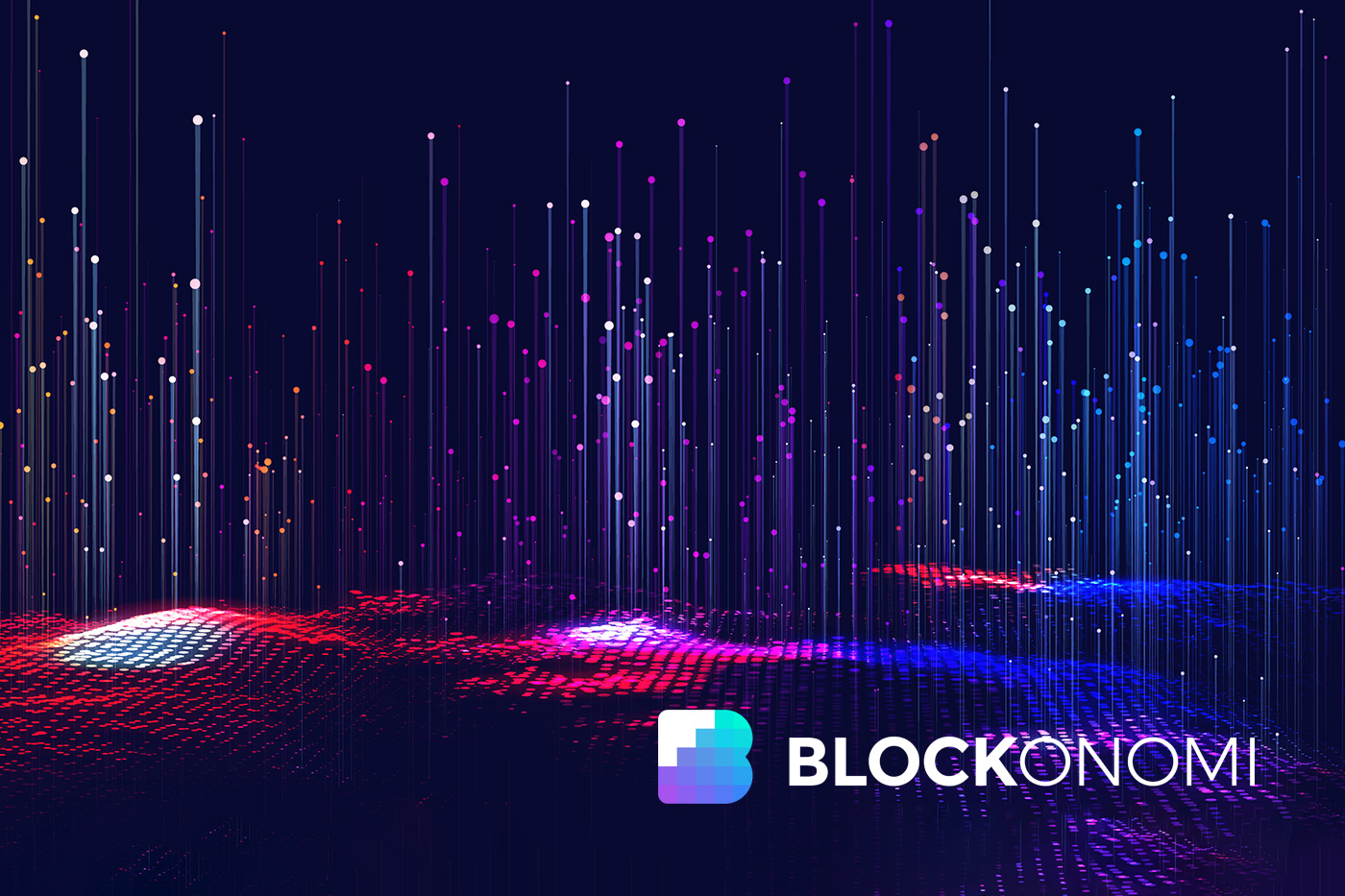 Blockchain domain names ( Ethereum Name Service , Unstoppable Domains , etc.) Tokenized luxury goods, e.g.wine Tokenized insurance policies ( yEarn’s yInsure tokens , etc.) And more! Inside Rarible: The Red-Hot Ethereum NFT Marketplace Creating NFTs: Start with the Files
Blockchain domain names ( Ethereum Name Service , Unstoppable Domains , etc.) Tokenized luxury goods, e.g.wine Tokenized insurance policies ( yEarn’s yInsure tokens , etc.) And more! Inside Rarible: The Red-Hot Ethereum NFT Marketplace Creating NFTs: Start with the Files
If you’re interested in creating NFTs, you’ll start by getting your media in order.NFTs can support an array of files, like visual files (JPG, PNG, GIF, etc.), music files (MP3, etc.), 3D files (GLB, etc.), and beyond.
That said, you’ll start out creating an NFT as you would any other media file, whether it be a JPG photograph uploaded to your computer or a disco MP3 track you created using music maker software.Once your traditional file is ready, you’ll simply take the extra step of uploading it to a minting platform in order to tokenize it as an NFT.How to Mint NFTs
There are already an array of NFT minting platforms around the Ethereum ecosystem, and they all have their own trade-offs.
To start, there are the do-it-yourself (DIY) minting platforms like OpenSea , Rarible, InfiNFT, Mintbase, and Cargo .
These projects let creators easily and permissionlessly mint their own NFTs, whether these assets be fine digital art, membership passes, or so forth.
Additionally, and particularly in the digital arts arena, there are some exclusive membership-only NFT minting platforms to which creators have to apply and be accepted before they can mint through these projects.For instance, two such projects are SuperRare and Async Art .
Once you have your file ready and your minting platform of choice lined up, you’ll connect your Ethereum wallet of choice, upload your file (similarly to how you would on mainstream platforms like Imgur or Flickr) to your platform, and fill out the asset’s ensuing description.
At this point in the process, you’ll be able to set whether you want to create a standalone or edition-based piece, your asset’s royalty percentage, unlockable content, and more.Once all this is prepared, you can begin the minting process, which will require some ETH to pay for approval and minting transactions.
Note: with Ethereum gas prices having been high in recent weeks, many NFT creators have been faced with extremely high minting costs.To deal with this, creators can 1) wait for gas prices to acutely lower, 2) wait for layer-two scaling solutions to be more widely embraced, 3) or raise their NFT prices to compensate for gas expenses.On Selling NFTs
Open marketplace platforms like OpenSea and Rarible make it easy to put NFTs from across the ecosystem up for sale, with the former being particularly useful for auction formats.
To sell an NFT, you’ll connect your Ethereum wallet to your platform of choice.
If you’ve already created the NFT, you should be able to click on it and see a “Sell” prompt, which you can click and sign a transaction to complete.If you’ve collected someone else’s NFT and want to put it up for sale, the process is similar: click on the asset and follow the “Sell” instructions, and you’ll be golden.The Opensea Marketplace On Evaluating and Collecting NFTs
How much should you pay for an NFT, or how much should you sell one for? There’s no right or wrong answer here, but there are key general concepts to keep in mind.
If you’re just creative and looking to experiment, then pricings obviously don’t matter so much.If you’re keen to secure ROI on your NFT activities, then you’ll want to be much more meticulous on what you buy or sell things for.
If this is the case, you’ll want to keep in mind: Reputation, scarcity, and provenance are key, e.g.1/1 NFTs from an acclaimed artist are more valuable than edition-based NFTs from a lesser-known creator.NFT projects have price floors — you can gauge these price floors using platforms like OpenSea, and you’ll want to place bids at or above this mark.Keep tabs on volume and transaction activity — projects that have more activity offer more profit opportunities.The motto “not your keys, not your crypto” is equally as true for NFTs.That’s why it’s really important to approach collecting them with a serious focus on security.The best practice is to store your NFTs in a hardware wallet (or across multiple wallets) that can’t be easily attacked.
Conclusion
It’s an interesting time to be around the NFT economy, as interest and opportunities in the space have never been higher.Combine this reality with the fact that more than a few projects have recently started to experiment with NFT + DeFi melds, and it’s hard to see how NFTs don’t continue to ramp up in utility and popularity from here.
Of course, the NFT sector is still relatively small compared to DeFi, but their promise is already empowering creators today in ways that were never possible before.
Over time, more and more artists and innovators will surely leverage these tokens for their unique properties and in turn extend them in new ways.Moreover, platforms beyond Ethereum will also turn further focus to NFTs as they grow in popularity.
It’s already happening today!
The post Complete Guide to NFTs: How to Create & Collect the Next Wave of Digital Assets appeared first on Blockonomi..
